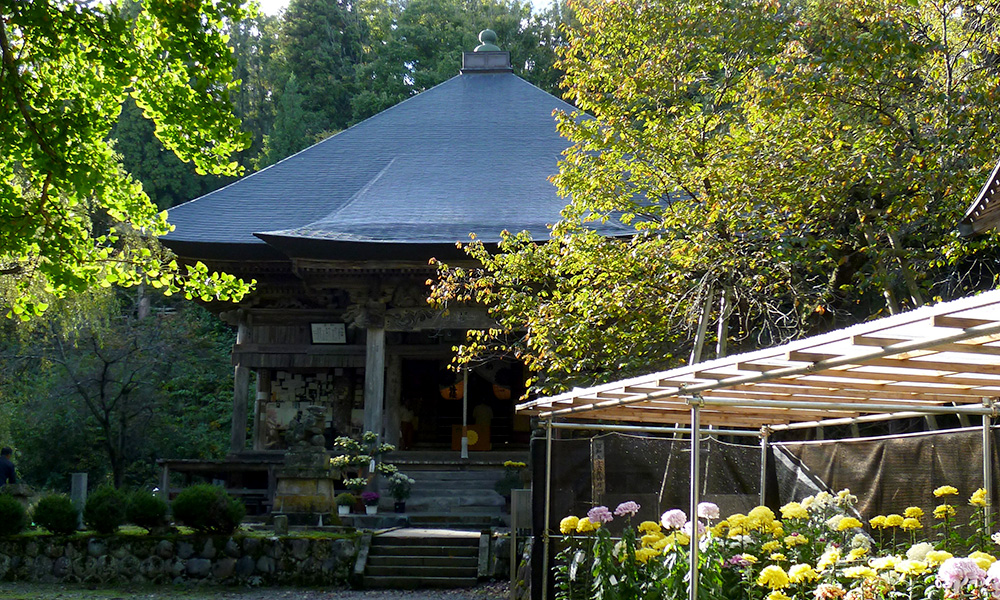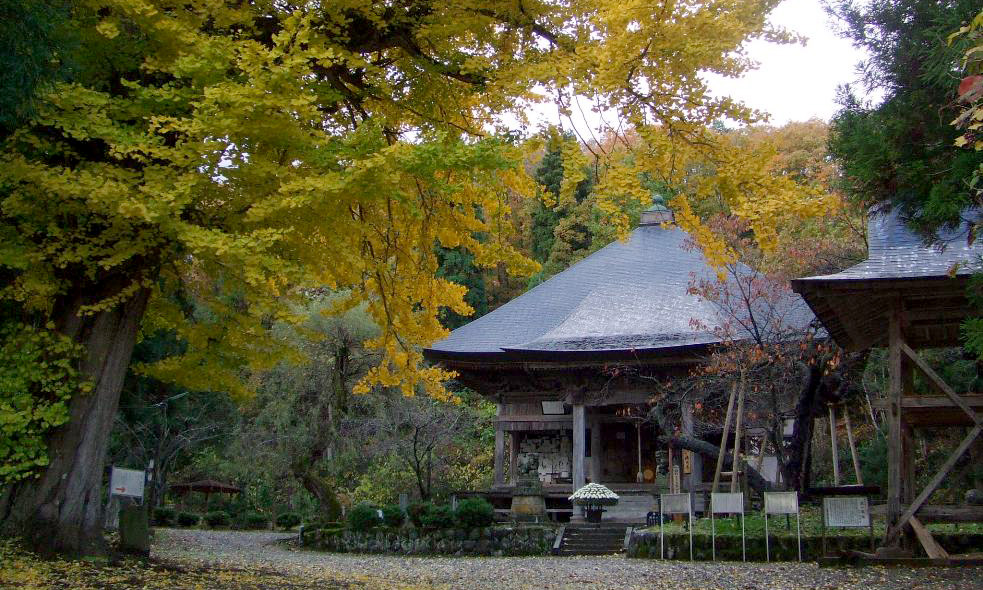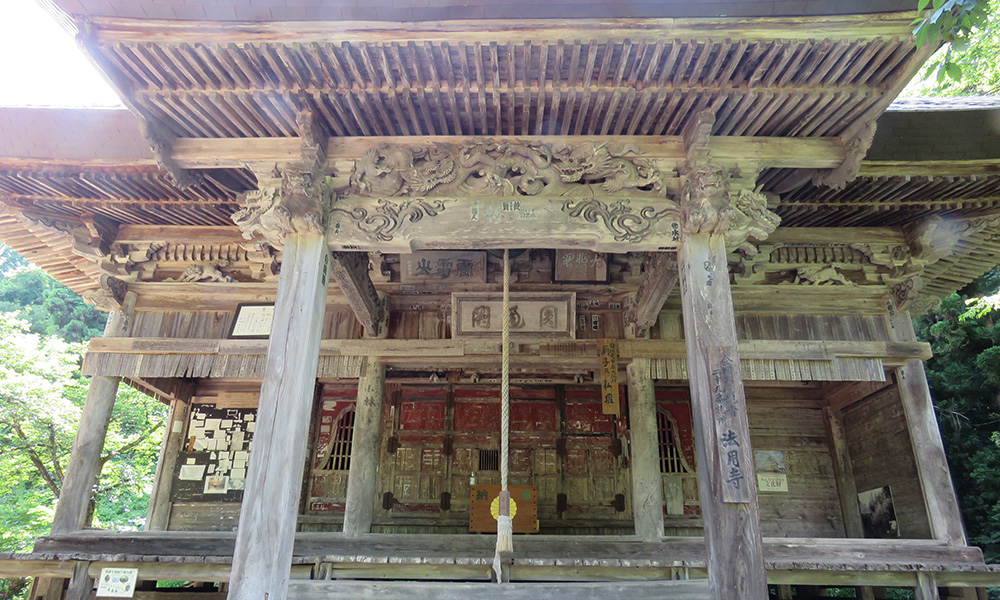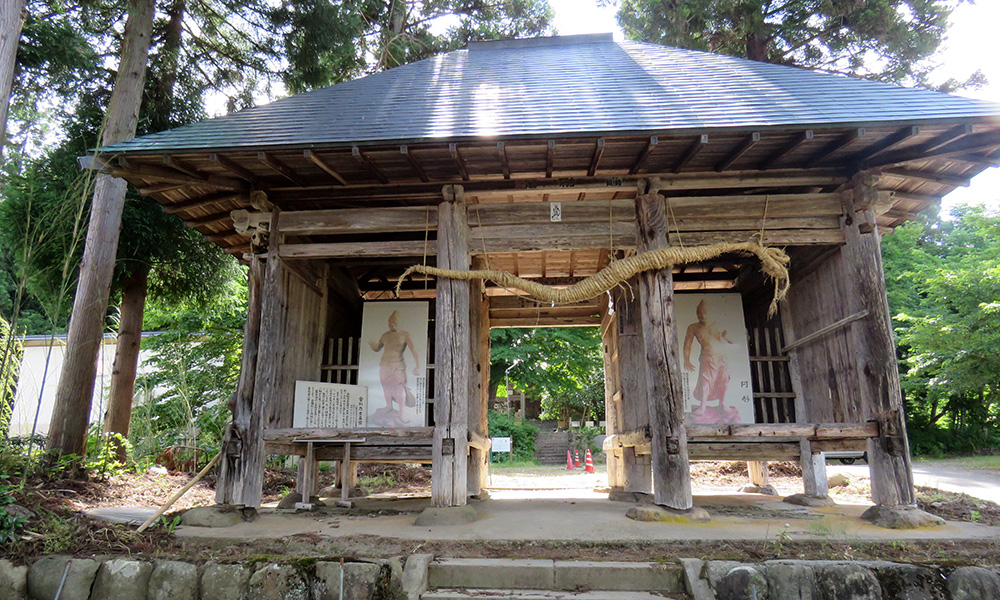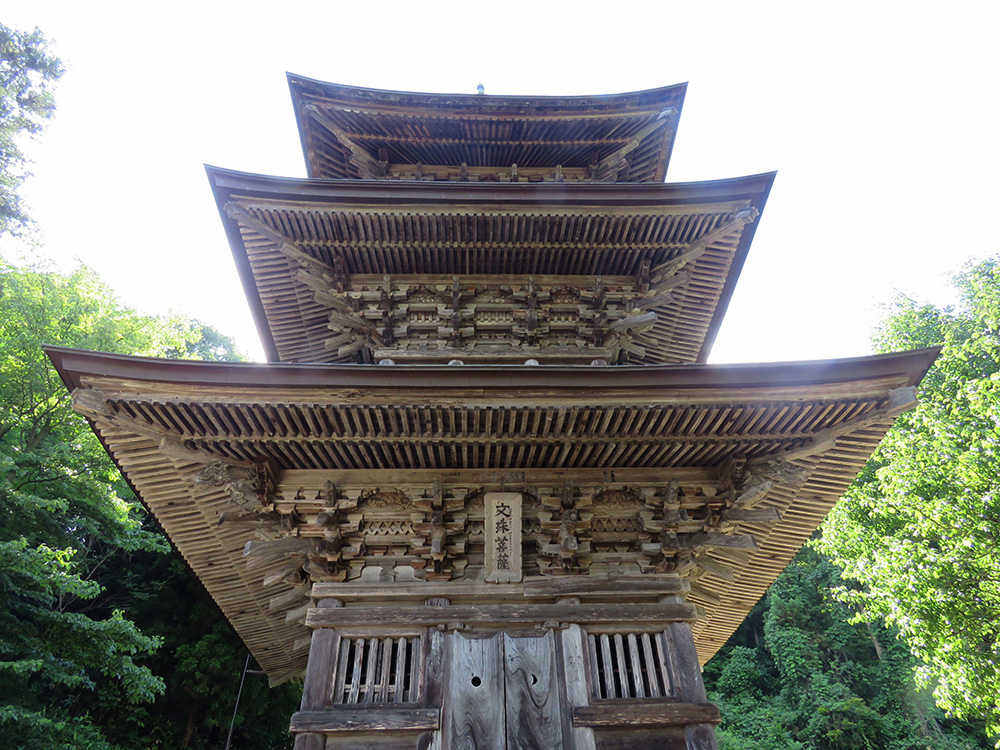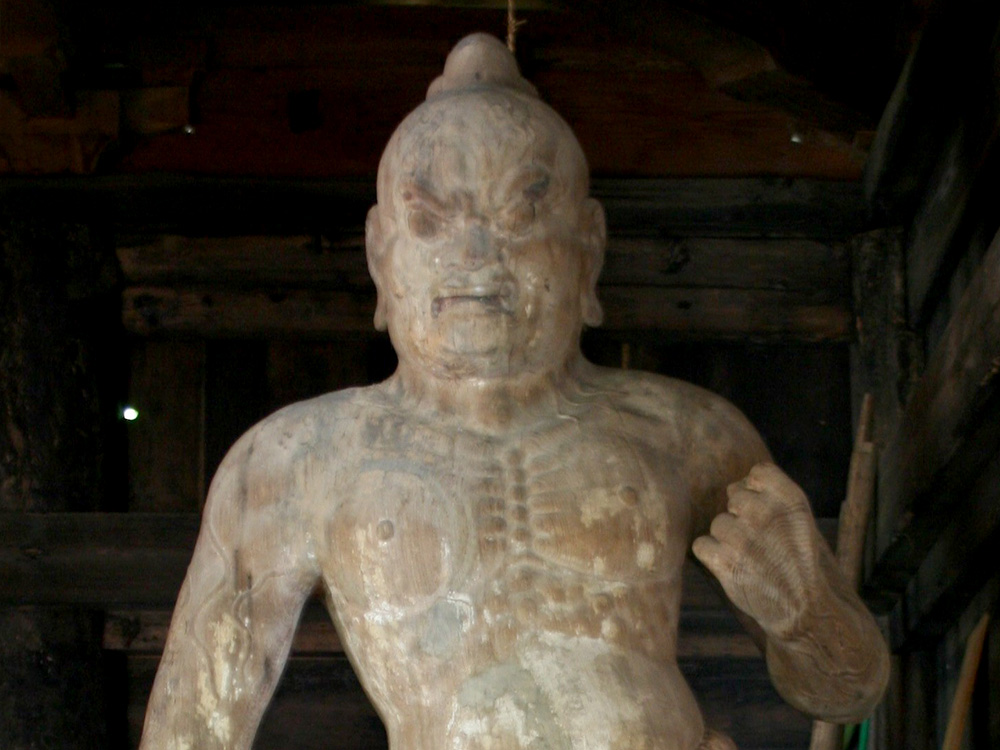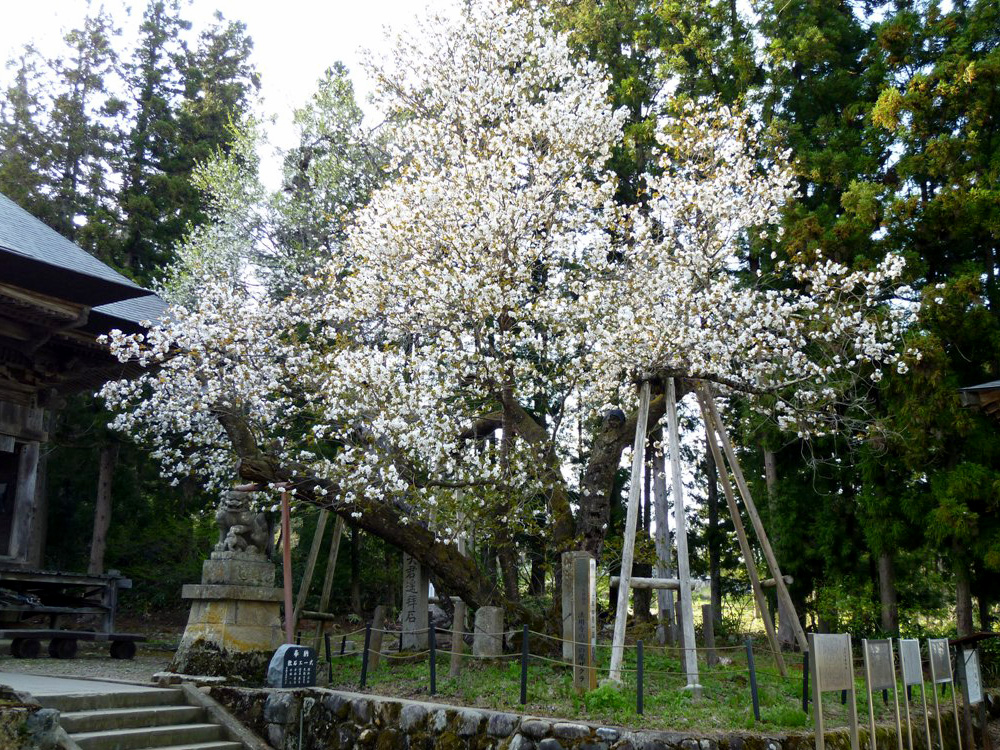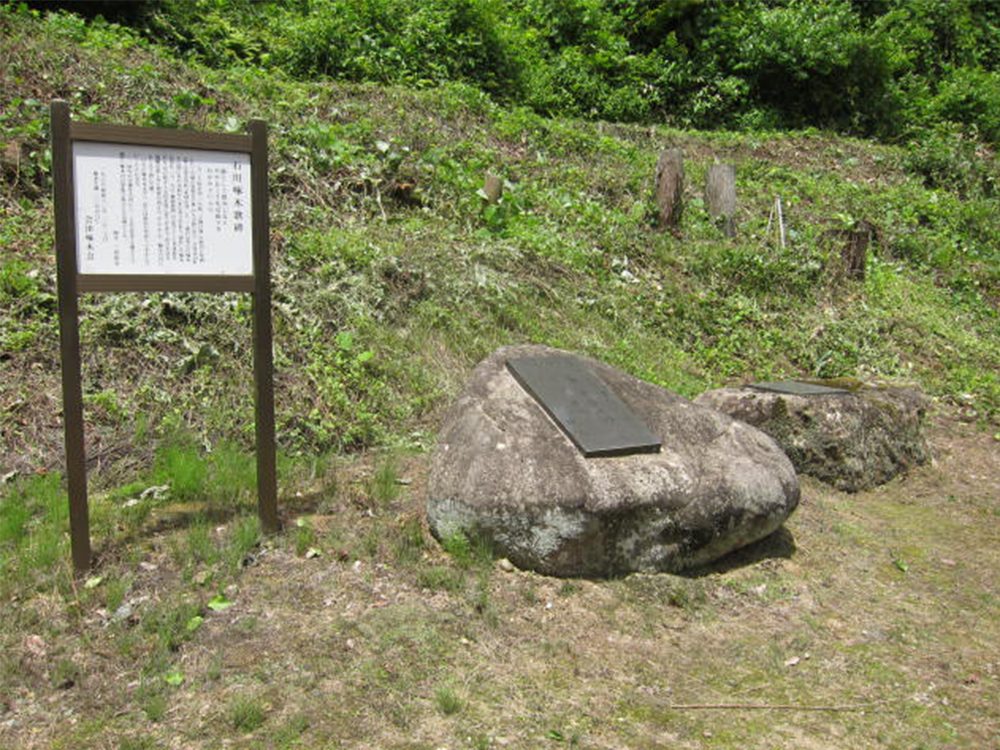Hoyoji Temple
shrines and temples
This is the 29th temple of the 33 Kannon of Aizu. It is the second oldest temple in Aizu, after Eryuji Temple in the town of Aizu-bange.
It is said to have been founded by Tokudo Shonin in 720.
The temple was later destroyed by fire, but was rebuilt by the great priest Tokuichi. The pagoda was reconstructed at the present site.
In the past, with the prosperity of Shugendo, there were 33 monasteries where many ascetic practitioners lived and worked, and the temple was very powerful.
The main image of the eleven-faced Avalokitesvara is enshrined as a fire-engineered Buddha and is a hidden object.
Its appearance can be imagined from the extant woodblocks.
In addition to the wooden Kongorikishi statue and tiger tail cherry trees, the temple grounds contain many other cultural assets, including the oldest zushi (kitchen utensil) in Aizu and a bronze bell from the Muromachi period (1336-1573).
spot data
| Address | 3554 Sanban Yamashita, Jakurin, Aizumisato Town, Onuma County, Fukushima Prefecture MAP |
|---|---|
| Contact us | Fusenji Temple |
| TEL / FAX | TEL:0242-54-6090 |
Highlights

three-storied pagoda
It is the only existing pagoda in Aizu.
It was completed in the mid-Edo period (1780).
It is a very beautiful three-story pagoda with a small roof reduction ratio (the difference in roof size from the first to the third floor) and a height of over 20 meters to the sorinawa.
It is designated as a Prefectural Important Cultural Property.
Wooden statue of Kongorikishi
The statue of Niou was built in the Heian period.
The statue is a one-wood zelkova statue over 2 meters high, with little ornamentation, and is gentle and modest, but full of power.
It was once enshrined in the Niomon Gate in front of the Kannondo Hall.
It is designated as a National Important Cultural Property.
tiger tail cherry
It is one of the five cherry trees of Aizu.
One variety of Oshima-zakura type sato-zakura in front of Kannondō Hall.
It produces double-petaled flowers from the end of April to the beginning of May.
It is a rare species with the tips of the stamens petalized and protruding long and slender.
Ishikawa Takuboku’s Poem Monument
In 1907, when Ishikawa Takuboku was a reporter for Otaru Nippo, Torakichi Kobayashi, with whom he had a feud, was born in Suzumebayashi, and later adopted by the Nakano family and embarked on a political career.
In his later years, he became the chief priest of Hoyoji Temple.
On the monument, there is a poem written by Takuboku about Torakichi.
